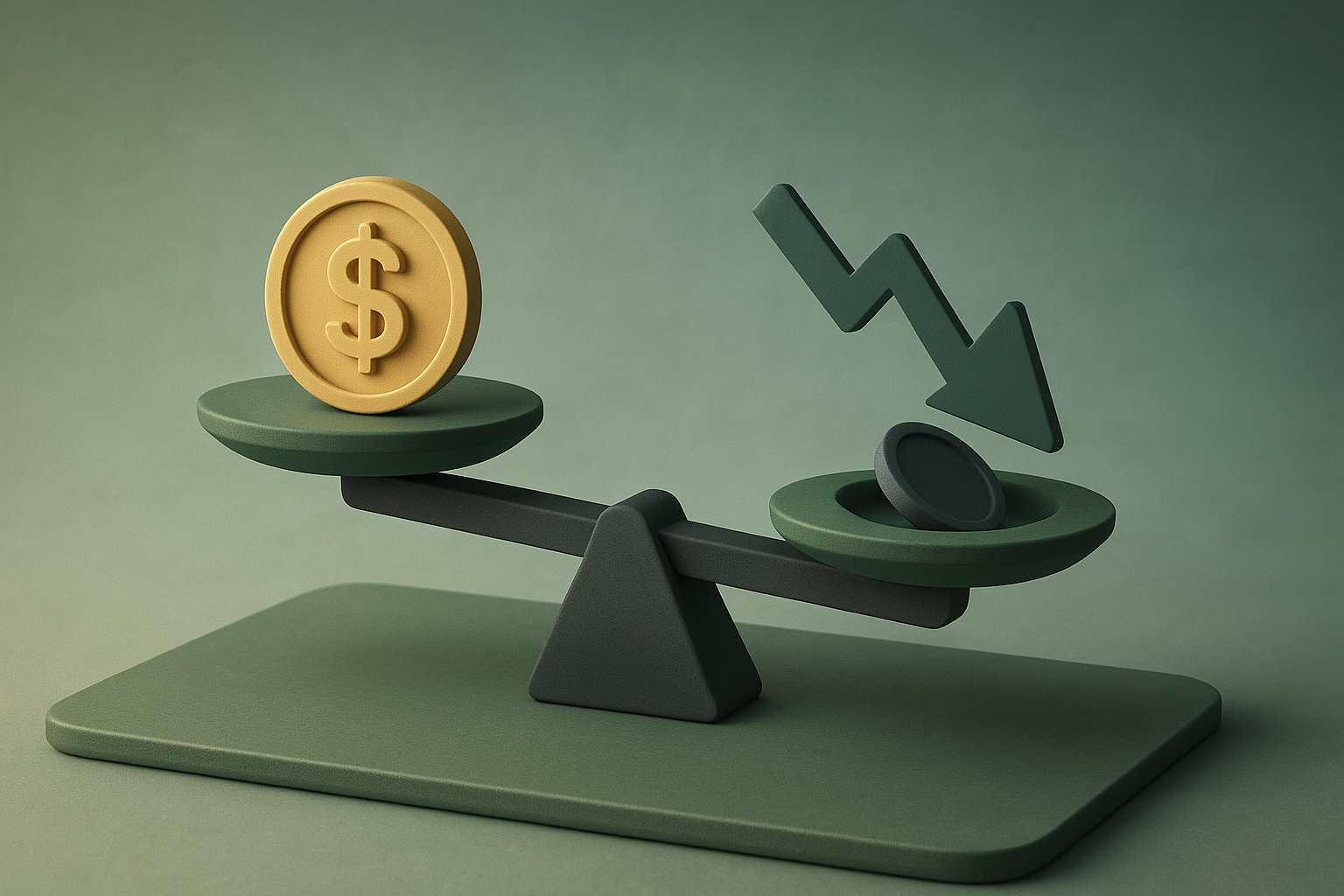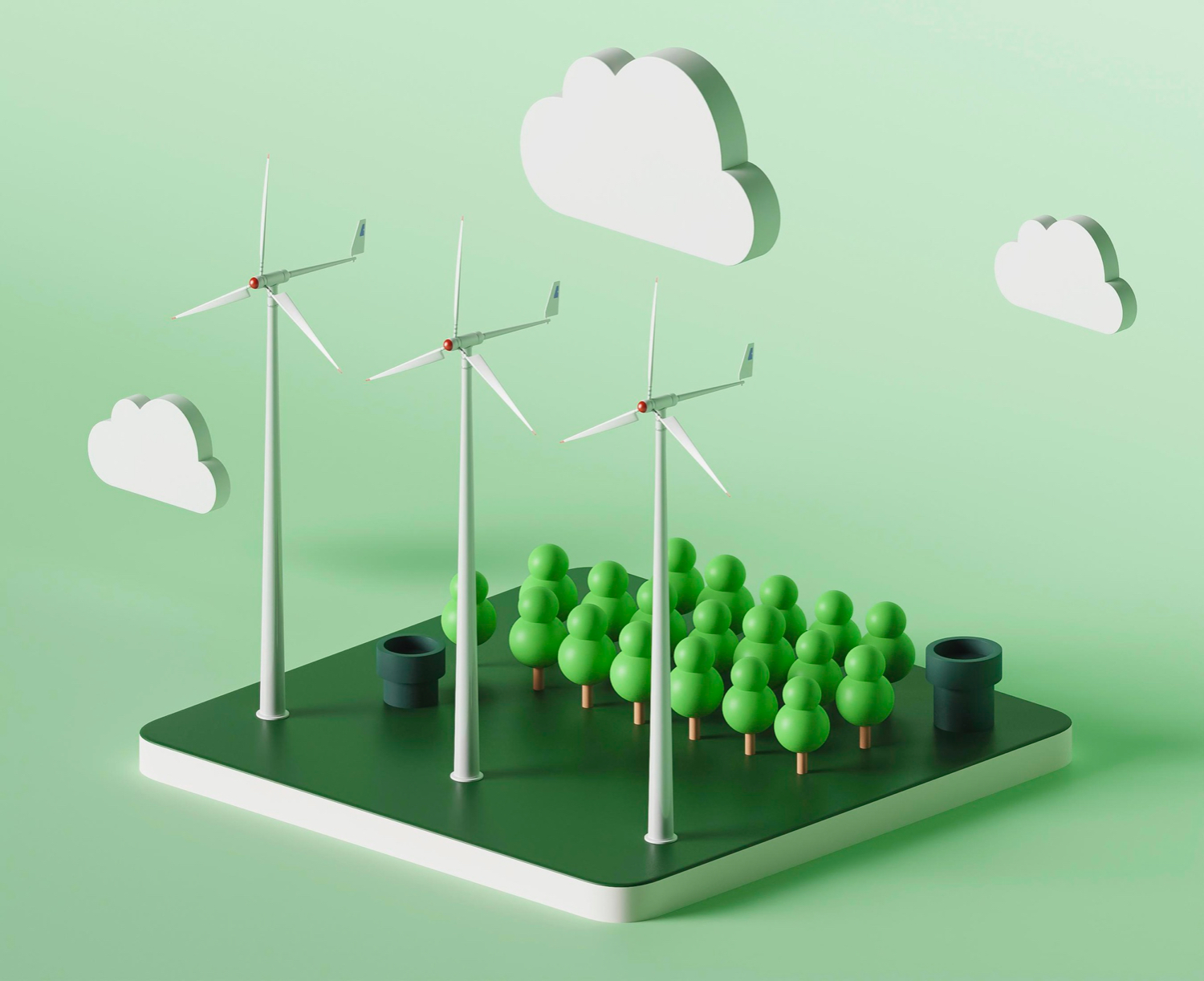Article
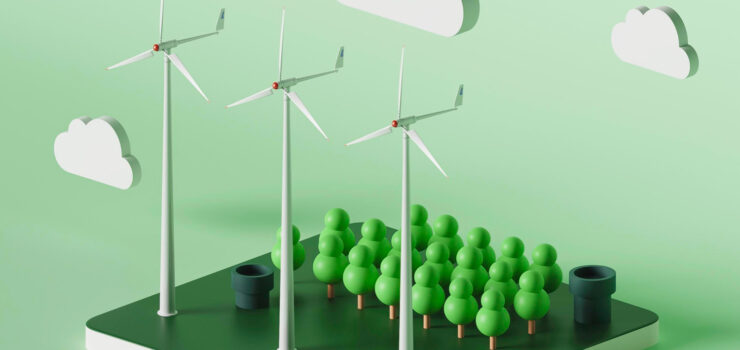
Creating a Greener Web: The Power of Sustainable Design
In our constantly changing digital world, the environmental impact of websites is often overlooked. Sustainable web design is a crucial method to reduce the internet’s carbon footprint. Besides benefiting our planet, understanding and implementing sustainable practices also enhance users’ online experience, offering the best of both worlds.
Impact of Web Design
Every click, scroll, and interaction on the web requires energy, significantly contributing to energy consumption and electronic waste. The complex processes behind websites, such as servers, data centers, and user devices, all contribute to the environmental impact of our digital presence. As technology evolves and our reliance on digital platforms grows, understanding the environmental implications of our online activities becomes increasingly crucial.
Guiding Principles and Strategies for Sustainable Web Design
Image & Multimedia Optimization
Optimizing images and multimedia content without compromising quality reduces bandwidth usage. Adopting formats that require less data transmission and employing lazy loading techniques minimize energy consumption during content delivery.
Tips and considerations:
- SEO: SEO objectives align with energy reduction, aiding users in finding information swiftly and reducing browsing time.
- Copywriting: Clear, efficient copywriting diminishes internet time wastage, actively contributing to improved energy efficiency.
- User Experience (UX): Exceptional UX minimizes user journey friction, enhancing web ease and enjoyment, thereby reducing energy waste.
- Reduce Images and Video: Thoughtful multimedia use decreases data transfer, directly contributing to energy conservation.
- Choose Fonts Carefully: Opting for system fonts and reducing typefaces enhances energy efficiency by minimizing file weight.
Hosting Choices
Choosing eco-friendly web hosting services powered by renewable energy drastically reduces the carbon footprint. Selecting providers committed to sustainability is a major step in aligning web presence with environmental goals.
Tips:
- Use Server Caching: Caching technologies like Varnish significantly slash server energy consumption, improving page load times.
- Choose Hosts with High PUE Rating: High PUE-rated data centers prioritize energy efficiency, curbing waste on non-computational activities.
- Use a Data Center Close to Users and Employ CDN: Locating servers nearby and using CDNs reduces energy consumption, enhancing page load times.
- Block Bots and Consider Dark Mode: Bot-blocking conserves resources, while embracing dark mode, especially with OLED screens, proves energy-efficient.
- Use the Latest PHP Version: Upgrading to newer PHP versions boosts performance and reduces server resources, making a notable contribution to energy savings.
Code Minimization
Strategies like code minimization and compression reduce file sizes, leading to faster loading times and decreased energy consumption. Removing unnecessary elements from code also positively impacts website performance and energy efficiency.
Tips and Considerations:
- Write Clean Code: Tidy, streamlined code minimizes duplication and maintains a well-oiled, energy-efficient system.
- Use Less JavaScript: Judicious JS use and avoidance of unnecessary scripts reduce file weight and CPU usage, promoting energy savings.
- Optimize Images and Fonts: Technical optimizations like loading images at the correct scale and optimizing fonts contribute to energy efficiency.
- Build Static Web Pages and Use PWA Technology: Static pages and PWA tech diminish data transfer, offering tangible improvements to energy efficiency.
User Engagement
Encouraging user engagement in sustainable practices empowers individuals to contribute to a greener web experience. This includes promoting energy-efficient behaviors such as minimizing browsing time and reducing data transfer through thoughtful multimedia use. In addition, there are other ways to empower users to engage more sustainably on the web, such as:
- Including Educational Content: Providing informative content on the environmental impact of digital activities can raise awareness and encourage users to adopt more sustainable browsing habits.
- Integrating Interactive Tools: Developing interactive tools or calculators that illustrate the environmental footprint of certain online behaviors, such as streaming video or downloading large files, can help users understand the consequences of their actions and make more informed choices.
Real-life Examples
Case Studies
Worldwide, on average, each web page generates around 0.8 grams of CO2 equivalent per view. For a website receiving 10,000 page views monthly, this translates to approximately 102 kilograms of CO2 equivalent emitted per year. Here are some notable examples of websites that have effectively combined great design with a reduced carbon footprint. If you are interested in testing the CO2 production of your website, you can find some online website carbon calculators such as Website Carbon. And for calculating your personal footprint, you can easily check that on websites such as CoolClimate calculator and WWF Environmental Footprint calculator.
1. Riverford Organic
with 0.29g CO2/page view.

2. Do Nation
with 0.13g CO2/page view

3. Écotable
with 0.21g CO2/page view
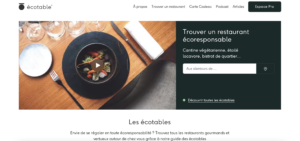
4. Rights4Children
0.11g CO2/page view
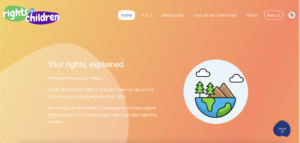
5. Mjl
0.04g of CO2/page view

Conclusion
In conclusion, embracing sustainable web design is more than a choice; it’s a responsibility. Thoughtful design practices play a pivotal role in significantly reducing the environmental impact of our digital footprint. Furthermore, there’s a symbiotic relationship between excellent user experience (UX) and sustainability. When users can efficiently achieve their goals with minimal time and effort, not only does it enhance their experience, but it also contributes to a decrease in CO2 emissions.
Let’s commit to integrating sustainable practices into our web design. By adopting even minor changes, we can collectively propel the shift towards a more environmentally conscious digital landscape, one website at a time.
